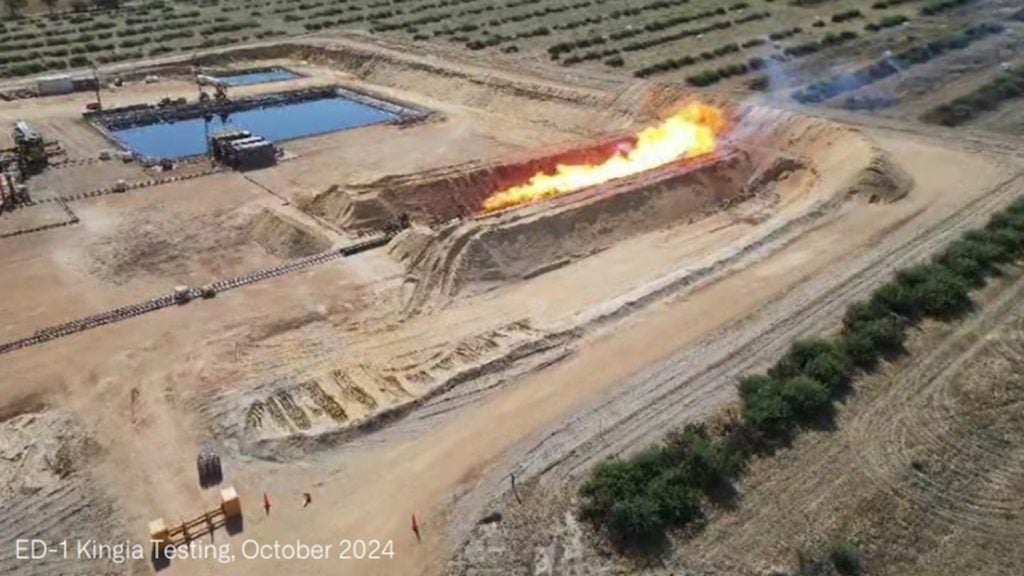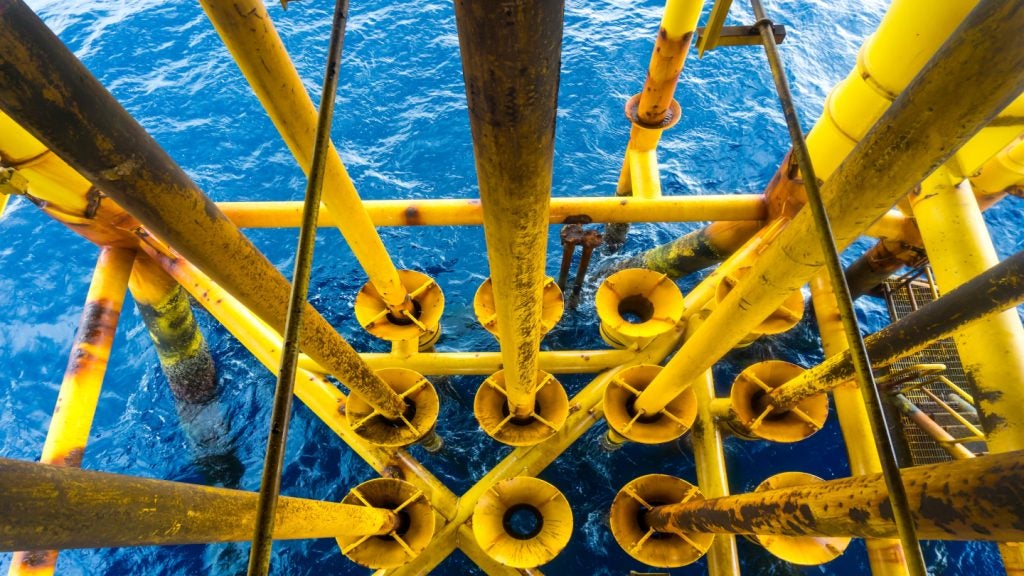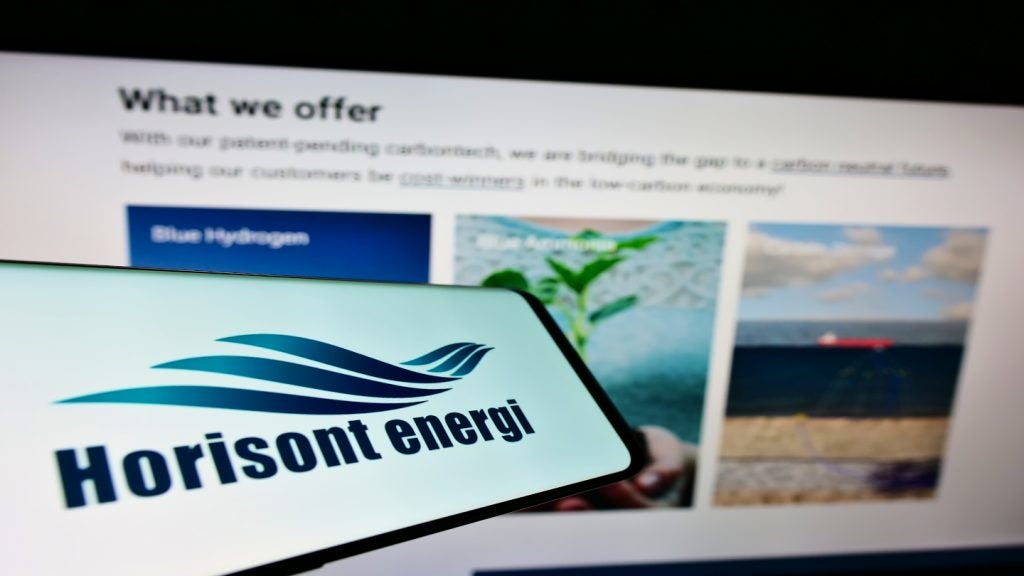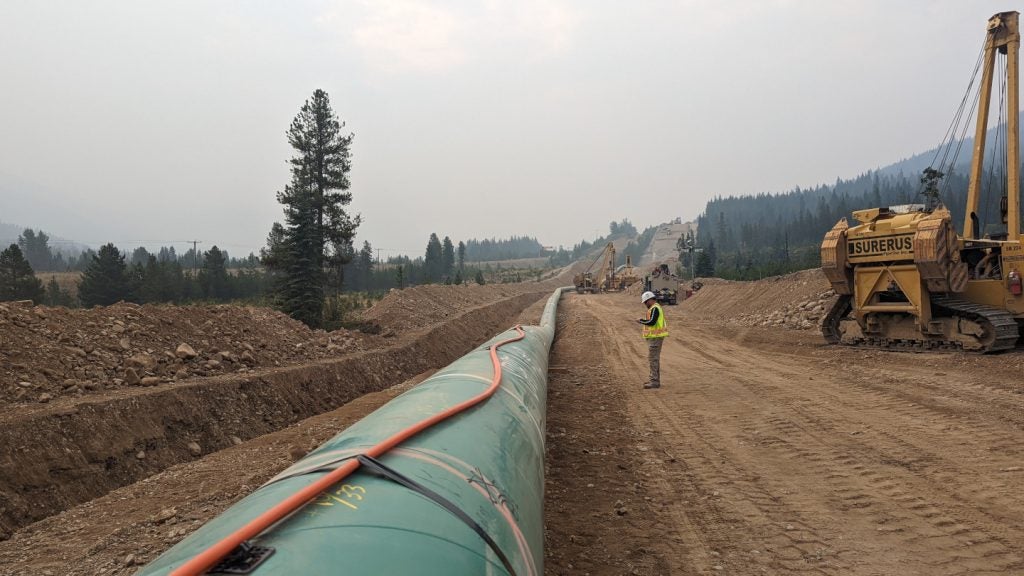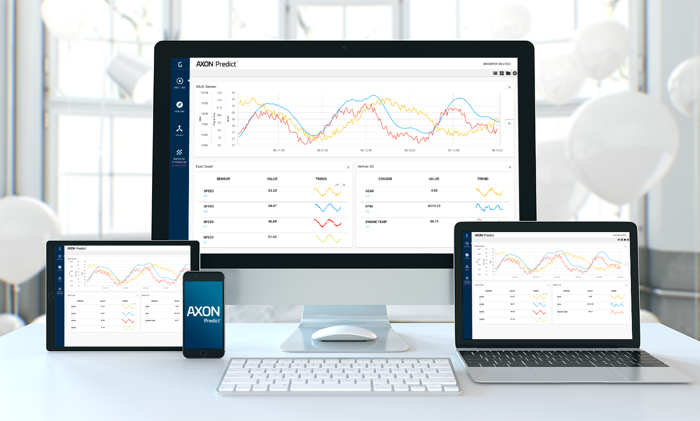
Uncertainty around current global demand for oil has forced the energy industry to search for new technologies to drive revenue and help operations stay competitive. Increasingly more oil and gas firms are turning to edge analytics and the Internet of Things (IoT) to accelerate operational productivity and reduce production costs.
A recent MIT Sloan study found that one day of downtime at a typical LNG facility can cost a company up to $25m. Moreover, this was found to happen around five times per year on average.
Edge analytics can help this predicament by providing better energy supply management, saving costs associated with equipment malfunctions. It does this automatically by collecting and analysing data captured locally by IoT gateway devices, instead of being sent to a remote system, thus saving valuable time.
For IT and digital technology companies, what is the key to adapting edge and predictive analytics software to help oil and gas companies save costs and reduce expensive periods of downtime? Here, Greenwave Systems vice president of edge analytics John Crupi lends his insight.
Talal Husseini: Can you tell us more about Greenwave Systems and edge analytics/IoT in the context of the offshore oil and gas sector?
John Crupi: Edge analytics platforms like Greenwave’s AXON Predict detect potential equipment failures days ahead of time, alerting organisations to perform preventative maintenance before unplanned downtime occurs. By integrating edge analytics into oil rigs or pipeline systems, operators will be able to monitor issues in real-time to reduce generation disruptions, overall costs, and optimise field service operations.
Edge analytics removes the latency of sending data on a round-trip journey from the edge to the enterprise and back again. No longer do companies need to spend their money on cloud analysis because by implementing software like AXON, users can gain actionable insights in real-time.
How well do you really know your competitors?
Access the most comprehensive Company Profiles on the market, powered by GlobalData. Save hours of research. Gain competitive edge.

Thank you!
Your download email will arrive shortly
Not ready to buy yet? Download a free sample
We are confident about the unique quality of our Company Profiles. However, we want you to make the most beneficial decision for your business, so we offer a free sample that you can download by submitting the below form
By GlobalDataTH: How does edge and predictive analytics save costs for oil and gas companies?
JC: Maintaining an oil rig or pipeline is a massive financial investment for any company, but having to repair or replace assets after they malfunction can exponentially increase capital expenditures. Where edge analytics provides its biggest ROI to the oil and gas sector is in its ability to perform predictive maintenance, which tells companies what is likely to happen to an asset days before an event occurs. Leveraging predictive maintenance with the power of the edge is the difference between proactively getting an oil change and having to replace your whole engine.
This capability can be invaluable in helping the oil and gas sector optimise the availability, reliability and performance of its assets.
TH: What are some other benefits?
JC: Safety and time to insight. By reviewing and comparing historical and real-time data, predictive analytics solutions can discover the smallest changes in equipment behaviour, stopping accidents that could destroy a workplace or prevent severe environmental damage from spills.
Take a deep-sea oil pump, for example. With edge analytics, the crew can proactively assess the status of the pump in real-time. As conditions with an underwater oil pump are ever-changing, edge analytics alerts crew members of such changes and significantly improves response time than that of cloud-based processing. The edge enables organisations to understand what is happening in that exact moment, which is invaluable relative to the dangers of the oil and gas industry.
TH: Does the software require companies to hire their own technical specialists on site to manage and interpret the data?
JC: IoT analytics software provides the tools and solutions to assist companies in understanding system performance, machine optimisation and predictive analytics. Typically, an organisation will have their own specialists that interpret the data. We will begin to see more ‘analytics-as-a-service’ solutions, which integrate remote analytics monitoring along with on-site specialists.
TH: How might other advances in IoT technology be used to improve efficiency in the sector?
JC: IoT technology will continue to get smarter and easier to set up and use. The goal will always be to get value faster, but we will see dramatic breakthroughs in machine learning and artificial intelligence applied to oil and gas. There will always be a need for data scientists, but tools and platforms will incorporate out-of-the-box machine learning, which can be configured and tuned by technical specialists that don’t have a data science degree.



